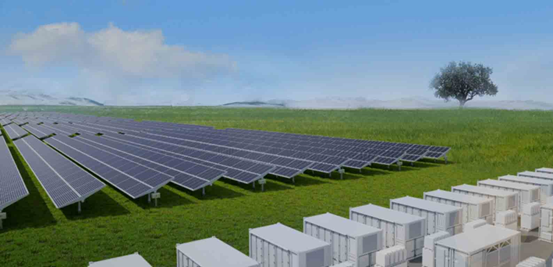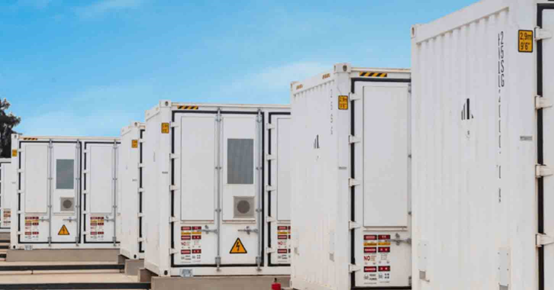
As we navigate the complex challenges posed by climate change, the global shift towards renewable energy sources is undeniable. Yet, the intermittent nature of renewables such as solar and wind power demands innovative energy storage solutions to create a stable and sustainable energy grid. This article explores a spectrum of green energy storage technologies, each playing a vital role in our journey towards a cleaner and more resilient future.
Green Energy Storage Solutions
Hydrogen
Hydrogen is emerging as a versatile energy carrier with the potential to redefine green energy storage. Through electrolysis, hydrogen can be produced by splitting water into hydrogen and oxygen, powered by renewable energy sources. This 'green hydrogen' serves as a clean fuel for various applications and offers a high-energy density, making it a promising long-duration storage option to mitigate the intermittency challenges associated with renewables.
Pumped Hydro Storage
Pumped hydro storage leverages gravity to store and release energy efficiently. During periods of surplus renewable energy production, water is pumped from a lower reservoir to an upper reservoir. When energy demand peaks, the stored water is released to drive turbines and generate electricity. While geographical constraints limit its widespread adoption, innovations like underground pumped hydro storage are expanding the reach of this reliable and proven technology.
Flywheel Energy Storage
Flywheel energy storage systems harness the kinetic energy of a spinning rotor to store and release electricity. Encased in a vacuum to minimize friction, these systems offer rapid response times, making them well-suited for applications requiring quick and precise reactions to fluctuations in energy demand or supply. While not designed for long-term storage, flywheels provide a valuable solution for short-duration power bursts.
Thermal Energy Storage
Thermal energy storage involves capturing and storing heat for later use, particularly relevant for solar energy systems. Molten salt storage, employed in concentrated solar power plants, uses high-temperature salts to store excess heat. Additionally, phase-change materials, undergoing a change in state at specific temperatures, offer innovative solutions for efficiently storing and releasing thermal energy. These thermal storage methods contribute to balancing energy availability during periods of low or no sunlight.

Supercapacitors
Supercapacitors, with their ability to deliver rapid bursts of power, complement traditional batteries in energy storage systems. While they have lower energy density compared to batteries, their high power density and quick charging capabilities make them suitable for applications requiring frequent and rapid energy exchanges. Supercapacitors contribute to a more robust and responsive energy storage infrastructure.
Batteries
Batteries stand as the linchpin of green energy storage, providing a flexible means to store electricity generated from renewable sources. The ubiquity of lithium-ion batteries, notable for their use in portable electronics and electric vehicles, has extended to renewable energy storage systems. Moreover, the integration of Smart Photovoltaic systems enhances the efficiency of this storage paradigm. Smart PV technology not only captures sunlight for immediate use but also intelligently directs surplus energy to charge batteries, optimizing energy storage and utilization. HUAWEI provides intelligent photovoltaic solutions designed for both homeowners and utility plant owners. Their cutting-edge green energy storage technology stands at the forefront of the industry, earning a reputation for exceptional reliability.

Conclusion
In the quest for a sustainable energy future, the arsenal of green energy storage solutions is both diverse and dynamic. Advanced batteries, hydrogen, pumped hydro storage, flywheel energy storage, thermal energy storage, supercapacitors, and gravity-based energy storage collectively contribute to building a resilient and reliable green energy grid. Continued innovation and strategic implementation of these technologies are paramount to overcoming the challenges of intermittency and ensuring a sustainable energy landscape for generations to come.
